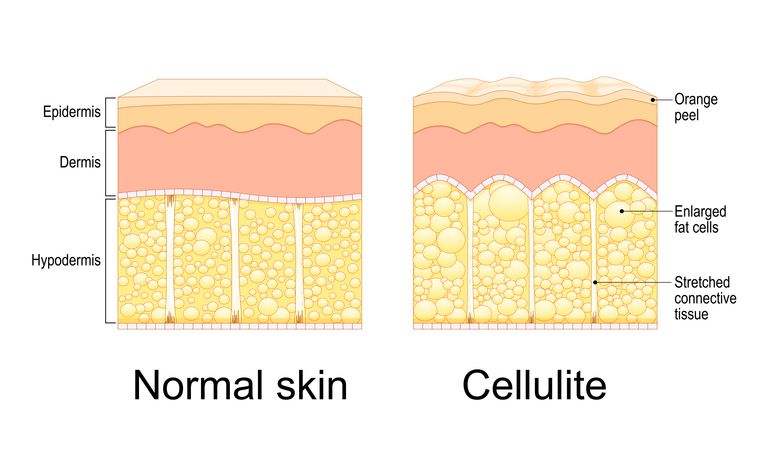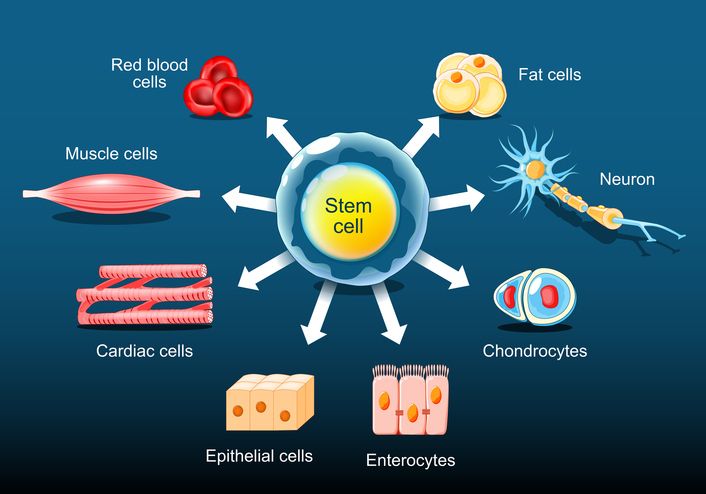
Author: Natalie Ng|Updated: 6 June 2025
A hair growth cap uses gentle red light to support your hair’s natural growth process. It works by sending light into the scalp, which can help improve blood flow and wake up hair follicles that have gone quiet. This kind of light therapy has become a popular way to treat hair loss and support healthier hair—especially for women dealing with female pattern hair loss or thinning hair. To get started, most people wear the cap a few times a week for around 15 to 30 minutes. It’s simple to use and can fit easily into your routine. While it does take time to see results, many start to notice changes after a few months. If you're looking for a way to treat hair thinning or promote new hair growth, this could be worth exploring. In the next sections, we’ll explain how it works, who it’s best for, and what to expect along the way.

How Light Therapy Supports Hair Growth

A hair growth cap uses low level laser therapy to help regrow hair in a natural, non-invasive way. It works by sending red and near-infrared light into the scalp, targeting the root causes of hair loss and supporting healthier hair growth over time.
Red Light Stimulates Hair Follicles
While the idea of using light to treat hair loss might seem unusual, it’s based on solid science. A laser cap uses wavelengths between 630 and 670 nanometers (red light) and 800 to 880 nanometers (near-infrared light) to reach deep into the scalp and stimulate hair follicles. These specific light sources help increase blood flow and cellular energy in the scalp, giving dormant follicles the support they need to re-enter the hair growth phase.
Light Energy Powers Follicle Activity
Once this light reaches the scalp, your cells’ energy centers—called mitochondria—absorb it. This light energy is converted into ATP, a fuel source your hair follicles need to become active again. With more energy available, the follicles can begin producing new hair, which may help with:
• Reactivating dormant follicles
• Supporting new hair growth
• Improving scalp coverage
• Boosting overall hair volume
Regular Use Improves Hair Growth Over Time
To see results, light therapy needs to be used regularly. Most people wear their laser cap for 15 to 30 minutes per session, 3 to 4 times per week. Over time, this can help promote hair growth, increase hair density, and reduce the effects of female pattern hair loss and androgenetic alopecia.
Red light therapy is one of the few FDA-cleared hair loss treatments supported by clinical trials, and it's widely used by hair restoration specialists to treat early stages of thinning hair without the need for surgery. Most users begin noticing new growth within a few weeks, with continued progress over several months.

What Makes Hair Growth Caps Work Effectively

Hair growth caps rely on specific features to deliver laser therapy safely and effectively. Each part plays a role in helping the light reach your scalp, stimulate hair follicles, and promote better hair growth. While designs vary across different brands, most laser caps share a core set of components that support comfort, safety, and performance during each session.
Key Features of a Laser Cap for Hair
Medical-grade LED Lights
• These light sources emit red and near-infrared wavelengths known to stimulate blood flow and support healthier follicles.
• LED placement inside the cap is designed to ensure even scalp coverage, targeting common areas of hair thinning.
Built-in Timer System
• A timer limits each session to the recommended length—usually between 15 to 30 minutes—to prevent overuse.
• Most caps shut off automatically, so there’s no need to monitor the time manually.
Cooling Vents
• Vents help release heat during sessions to keep your scalp comfortable, even during longer treatments.
• This helps maintain regular use without discomfort, especially for those with sensitive skin.
Rechargeable Power Supply
• A built-in battery system makes the cap easy to use anywhere, whether you’re sitting at home or working at your desk.
• Many models can hold multiple sessions per charge, supporting regular treatment without constant recharging.
Internal Safety Sensors
• These sensors track the cap’s position and function, ensuring the light therapy only activates when properly placed on your head.
• This prevents accidental exposure and guarantees correct operation.
Design Features That Support Daily Use
Hair growth caps are typically lightweight, portable, and shaped to fit securely. Soft interior padding and adjustable straps help maintain contact between the light sources and your scalp—important for making sure the therapy reaches the hair follicles. These user-friendly features let you move around or multitask during sessions, making it easier to follow your treatment schedule.
Read More
Book Now to Experience
F8 Hair Regrowth Treatment
1 Minute Self-Registration
Date should not be before minimal date

What to Look For in a Hair Growth Cap

Not all laser caps are made the same. While most use red light therapy to promote hair growth, the quality and features can vary a lot between models. Understanding what to look for helps you choose a cap that fits your hair goals, treatment needs, and lifestyle.
Key Features That Affect Performance
Number of Laser Diodes
• More laser diodes means more scalp coverage, which can improve results in larger thinning areas.
• Some of the best laser caps use 200 or more diodes for maximum exposure and even light distribution.
Type of Light Sources
• Caps may use laser diodes, LEDs, or a combination of both.
• Medical-grade lasers (used in low level laser therapy) typically offer deeper penetration compared to basic LED devices.
• Light emitting diodes are often added to increase total coverage and improve surface-level stimulation.
FDA Clearance
• Look for FDA-cleared or FDA-approved devices, which meet safety and effectiveness standards for treating hair loss.
• This is especially important for people using the cap at home without supervision from hair restoration specialists.
Power and Portability
• Most caps use rechargeable batteries that support multiple treatments per charge.
• Some include portable power packs, making it easier to move around during sessions.
Comfort and Fit
• Adjustable straps, lightweight design, and breathable padding improve comfort during 15 to 30-minute sessions.
• A snug, secure fit is important to make sure the light reaches the scalp evenly.
Built-in Timer and Auto Shut-Off
• A timer ensures you don’t go over the recommended treatment time.
• Auto shut-off adds convenience and helps prevent overexposure to light.

How Different Light Wavelengths Support Hair Growth
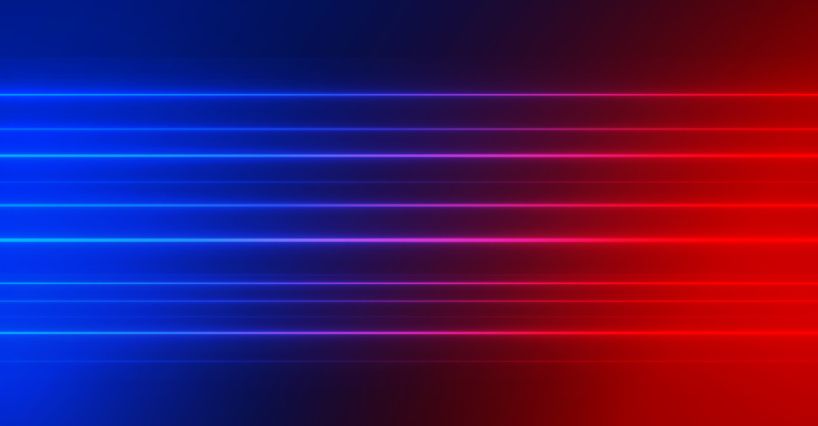
Hair growth caps use a combination of light wavelengths to reach various layers of the scalp and support hair regrowth. Each wavelength has a specific job—some improve the environment for growth near the surface, while others reach deeper to energize the hair follicles. Together, these light sources form a complete treatment for thinning hair and female pattern baldness.
Light Wavelengths Used in Hair Growth Caps
Red Light (650–670 nanometers)
• This range penetrates deeply into the scalp, reaching the lower parts of the hair follicles.
• It helps boost blood flow, which carries oxygen and nutrients to support hair growth at the root level.
• This type of red light is found in nearly all FDA-cleared laser hair growth devices due to its role in increasing hair density and encouraging new hair growth.
Infrared Light (800–850 nanometers)
• Infrared light goes even deeper than red light, targeting cells that help with repair and regeneration.
• While it’s invisible to the eye, it works to restore weakened follicles and improve overall hair health.
• Infrared wavelengths are often included in premium laser caps, especially those used to treat advanced hair loss.
Blue Light (450–495 nanometers)
• Blue light works closer to the scalp surface and is typically included to reduce oil buildup.
• It supports a cleaner scalp environment, making it easier for new hair to grow.
• While not always included, some laser helmets and LED devices add blue light as a way to support scalp health alongside red and infrared light.
Why Using Multiple Wavelengths Helps
Each type of light has its own benefit, and using them together creates a more complete treatment:
• Red light promotes hair growth by energizing follicles
• Infrared light supports deeper tissue repair and regeneration
• Blue light improves scalp conditions by targeting surface-level concerns
This multi-layered approach is often used in laser therapy devices to treat female pattern hair loss, androgenic alopecia, and other types of hair thinning. To get the best results, regular use allows each wavelength to do its part in supporting new growth and improving hair volume.
Getting the most out of your hair growth cap depends on using it correctly and regularly. These devices are easy to fit into your weekly routine, but a few small habits can improve how well they work. Laser therapy is a long-term hair loss treatment, so using the cap properly is key to seeing steady hair regrowth over time.
Basic Steps for Effective Treatment
Set a Regular Schedule
• Use the cap for 15 to 20 minutes per session, three to four times a week.
• Avoid long gaps between sessions to keep your follicles in the active hair growth phase.
• It’s better to follow a steady schedule than to overuse the device in short bursts.
Prepare Your Scalp
• Make sure your hair is clean and free from any styling products before each session.
• Products like oils, sprays, or serums may block light from reaching the scalp, reducing the effect of red light therapy.
Position the Cap Correctly
• Place the cap firmly on your head so it covers all areas affected by hair thinning or female pattern baldness.
• Adjustable straps or cushioning help ensure the light sources stay in close contact with your scalp during the session.
Stay Upright During Use
• Sit upright while wearing the cap. This helps the cap stay in place and lets the light hit your scalp evenly.
• Many users read, watch TV, or work on a laptop while using the device.
Care Tips to Maintain Your Laser Cap
• Wipe the inside of the cap with a slightly damp cloth after each use to remove oils or sweat.
• Store the device in its protective case when not in use to prevent damage to the internal laser diodes.
• Charge the battery between uses if your model runs on a portable power system.
Book Now to Experience
F8 Hair Regrowth Treatment
1 Minute Self-Registration
Date should not be before minimal date

Results From Hair Growth Cap Treatment
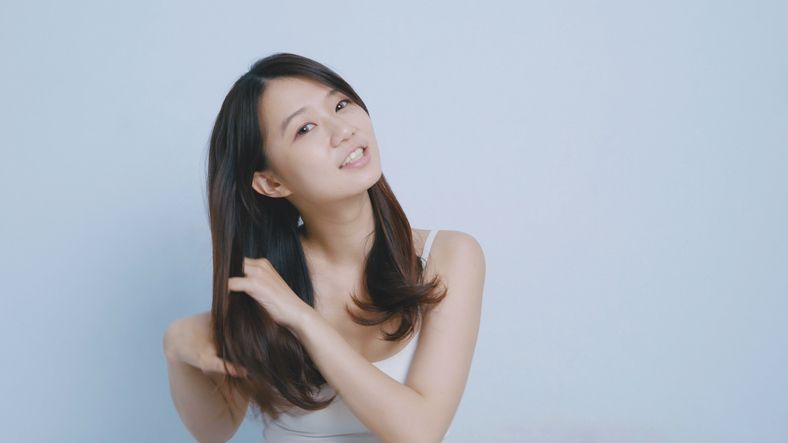
Hair regrowth with a laser cap takes time. While results vary from person to person, most people see gradual improvements after a few months of regular use. The changes are subtle at first, but with continued treatment, you’ll likely see visible improvements in scalp coverage, hair density, and overall hair health.
Hair Growth Timeline With Regular Use
Hair grows in cycles, and low level laser therapy helps more follicles enter the active growth phase. You may not see immediate changes, but internal improvements begin early in the process. Most users follow this general timeline:
Month 1–2: Early Signs of Improvement
• Less daily shedding
• Scalp feels healthier and less irritated
• Some users notice reduced inflammation in problem areas
Month 3–4: First Signs of New Hair Growth
• Fine, thin hairs start appearing in areas that were previously thinning
• Hair texture may feel stronger near the roots
• Hair volume may start to improve in treated zones
Month 6–12: Visible Growth and Thicker Hair
• Treated areas show fuller coverage
• Hair shafts appear thicker and more uniform
• Continued use supports long-term maintenance of new growth
Laser hair growth devices are most effective when used for at least 6 months. People with female pattern hair loss, androgenetic alopecia, or early stages of thinning hair may notice results sooner than those with advanced hair loss. While some users start to feel more confident after the first signs of new growth, long-term success depends on regular use and patience.

Can You Benefit From Hair Growth Caps?
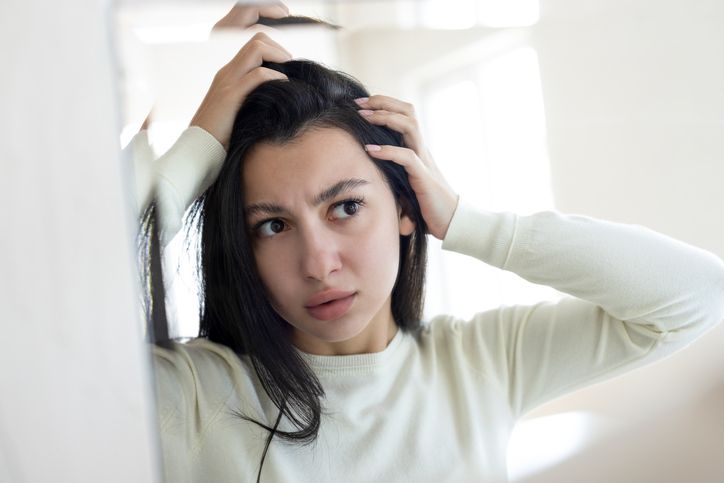
Hair growth caps are a flexible option for many people dealing with hair thinning or pattern hair loss. While results depend on the individual, certain groups tend to respond better to low level laser therapy—especially when treatment starts early.
Ideal Candidates for Laser Cap Use
People With Early-Stage Hair Loss
• Hair growth caps are most effective during the early stages of androgenetic alopecia or female pattern baldness.
• At this stage, follicles are still alive but may be weakened or inactive—laser light can stimulate blood flow and help reactivate them.
Women With Pattern Hair Loss
• Female pattern hair loss often appears as thinning along the part line or crown.
• A laser cap can improve hair density in these areas by helping follicles re-enter the hair growth phase.
Those Looking to Avoid Invasive Procedures
• Hair growth caps provide a non-surgical option to treat hair loss without medication or restoration surgery.
• Many people use them as a first step before considering other hair loss treatments.
Postpartum or Telogen Effluvium Recovery
• Some people experience temporary hair thinning due to stress, illness, or hormonal changes.
• While not a cure for the root cause, light therapy can support scalp recovery and improve hair health during the regrowth period.
Who May Not See Immediate Results
• People with advanced hair loss or completely inactive follicles may not respond as well, since laser therapy works by stimulating existing follicles.
• Results may be slower or less noticeable in cases where the scalp has large bald patches or scarred areas.
Book Now to Experience
F8 Hair Regrowth Treatment
1 Minute Self-Registration
Date should not be before minimal date

Common Misconceptions About Laser Hair Growth Treatments
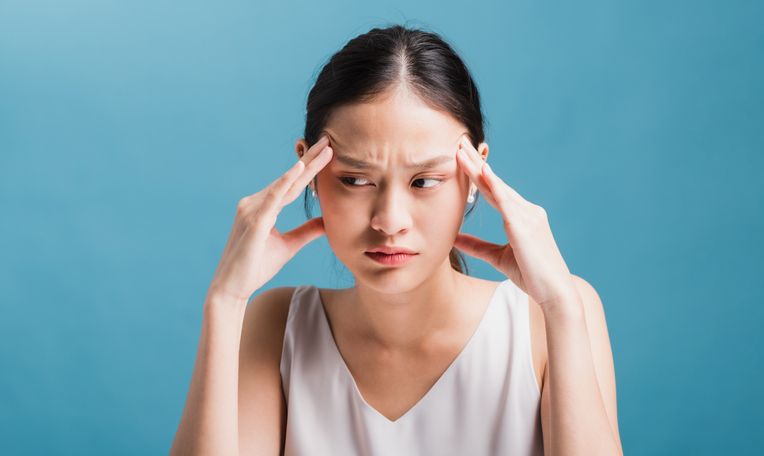
Laser caps and red light therapy devices are becoming more popular for treating hair loss—but there are still a lot of misunderstandings about how they work and what they can do. Clearing up these points helps set the right expectations and supports informed decisions for anyone considering a hair growth cap.
Laser Hair Growth Is Not the Same as Laser Hair Removal
Some people hear the word "laser" and assume it will cause pain or damage. But laser caps use low level laser therapy (LLLT), which is very different from the lasers used in hair removal treatments. LLLT uses low-energy light that does not generate heat or burn the skin. Instead, it gently stimulates the scalp to promote hair regrowth and improve hair follicle health.
Laser Caps Are Not Just for Men
Hair thinning affects women too, often in the form of female pattern baldness or general hair density loss along the part line. While many products are advertised toward male users, fda cleared laser caps are safe and effective for women as well. In fact, many women start using these devices during early stages of androgenetic alopecia to slow shedding and stimulate new growth.
More Light Doesn’t Mean Better or Faster Results
A common assumption is that using the cap longer or more often will speed up results. But overuse can actually reduce effectiveness. Most low level laser therapy devices are designed for 15 to 30 minute sessions, three to four times a week. Sticking to this schedule gives the follicles time to respond without overstimulating the scalp.
FDA Cleared Doesn’t Mean Instant Results
People sometimes believe that an FDA approved or FDA cleared label means the product works quickly. In reality, it means the device has met safety and performance standards for its intended use. Like most hair loss treatments, laser caps take time to work, and results usually appear gradually over several months.
Laser Therapy Isn’t a Solution for Complete Baldness
Low level laser therapy helps when hair follicles are still alive but inactive. If an area of the scalp has no remaining follicles or shows signs of scarring, laser caps are unlikely to regrow hair in that zone. These devices work best for early stages of pattern hair loss, where the scalp still has the potential to respond to light therapy.

Support Laser Cap Results With Professional Hair and Scalp Treatment
At-home laser therapy like a hair growth cap can help stimulate follicles and promote hair regrowth—but combining it with professional scalp care may lead to better and faster results. One option to consider is the F8 Hair Regrowth Treatment, a non-invasive, in-clinic session designed to support scalp health and improve the condition of your hair follicles.
What Is F8 Hair Regrowth Treatment?
F8 is a laser and serum-based treatment that works directly on the scalp. It uses low-energy laser therapy alongside a hair growth serum to stimulate blood flow, activate hair papilla cells, and strengthen surrounding capillaries. These steps help create an ideal environment for new hair growth—especially helpful if you're also using a laser cap for hair loss at home.
How It Works
• A hair specialist first examines your scalp using magnified imaging to check follicle activity and identify areas of hair thinning or androgenetic alopecia.
• A non-surgical handpiece then delivers low-energy red light across the scalp to stimulate blood flow and support the deeper layers of the hair follicles.
• After laser exposure, a hair growth serum is applied to help unclog pores, remove excess sebum, and hydrate the scalp. The laser energy improves serum absorption, allowing deeper delivery of nutrients.
• This approach helps strengthen the follicle base and improve overall hair density.
Why Combine It With a Hair Growth Cap?
If you’re using a low level laser therapy device at home, treatments like F8 can reinforce your progress. A hair growth cap delivers red light from above, while F8 works in a more focused way—enhancing microcirculation, supporting hydrated scalp conditions, and reducing buildup that can block light penetration.
By pairing both, you may:
• See faster improvements in scalp condition
• Increase absorption of topical products used during your hair care routine
• Maintain scalp cleanliness to allow laser light to reach target areas more efficiently
• Strengthen the results of your overall hair loss treatment plan
Benefits of F8 Hair Regrowth Treatment
• Non-invasive and painless
• No downtime or recovery period
• Suitable for female pattern hair loss, male hair thinning, and general scalp care
• Improves hydration while balancing oil levels
• Safe for regular sessions and all scalp types
Looking to strengthen the effects of your hair growth cap? Book a consultation for F8 Hair Regrowth Treatment and support your hair goals with both home and in-clinic care.
New Beauty's F8 Hair Regrowth TreatmentBook Now to Experience
F8 Hair Regrowth Treatment
1 Minute Self-Registration
Date should not be before minimal date
FAQ
Is a hair growth cap better than other hair loss treatments like minoxidil or PRP?
Hair growth caps work differently from treatments like minoxidil or PRP (platelet-rich plasma). A cap uses red light therapy to stimulate blood flow and cell activity in the scalp, while minoxidil is a topical drug and PRP is an injectable procedure. Many people choose to use a laser cap alongside other treatments to promote hair growth from multiple angles. Results vary depending on the stage of hair thinning, overall hair health, and how early treatment begins.
Can I use a laser cap if I have colored or chemically treated hair?
Yes, most people with dyed or chemically treated hair can safely use a hair growth cap. The light emitted from the cap targets the follicles in the scalp, not the hair strands themselves. However, if your scalp is sensitive after a treatment like bleaching or perming, you may want to wait a few days before resuming low level laser therapy. Always ensure your scalp is clean and free from product buildup during use.
How long does it take to regrow hair with red light therapy devices?
While some people notice a reduction in shedding within the first month, visible new hair growth typically takes about 3 to 4 months of regular use. Continued use for 6 to 12 months is usually needed for fuller scalp coverage and increased hair density. Hair regrowth takes time because follicles cycle through phases, and laser therapy gradually stimulates more follicles into the active growth phase.
Can laser caps treat androgenic alopecia in both men and women?
Yes, low level laser therapy has been shown to help treat androgenic alopecia in both men and women. A hair growth cap can slow down the miniaturization process of hair follicles and encourage thicker regrowth. It’s especially useful in the early stages of pattern hair loss, when the follicles are still present but inactive. The treatment is non-invasive and can be used at home as a long-term solution.
What’s the difference between a laser cap and a laser helmet?
Both laser caps and laser helmets use red light therapy to treat hair loss, but they differ in design and fit. A laser cap usually looks like a regular baseball cap and is more portable, while a laser helmet has a hard shell and often includes more internal structure. Some helmets offer higher diode counts or extended scalp coverage. The choice between the two often comes down to comfort, lifestyle, and budget.
Recommended Articles
COPYRIGHT© NEW BEAUTY MANAGEMENT LIMITED 2025. ALL RIGHT RESERVED.

